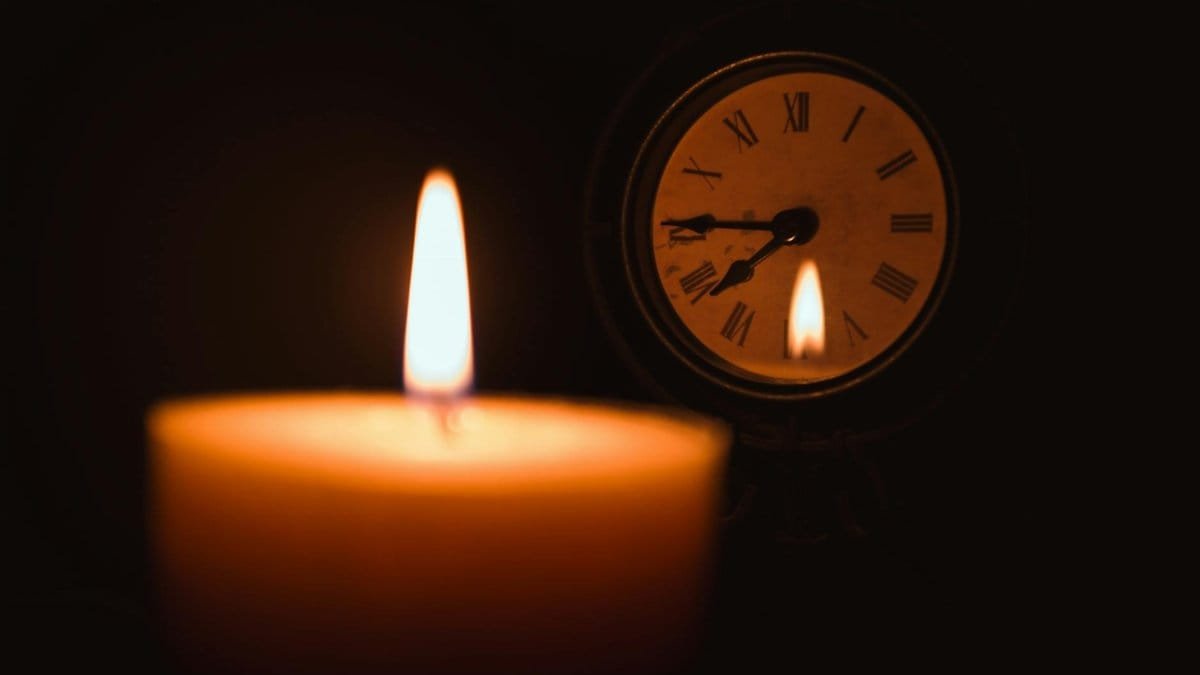A morning so rushed that even the thought of calm feels like a luxury. Yet, in the midst of that chaos, small, intentional actions can anchor the day. For many Americans, the search for serenity amid relentless schedules has turned into a quiet revolution. The concept of daily habits inner peace build isn’t just a trendy phrase; it’s a practical response to a world that often feels unmoored. From coast to coast, people are discovering that peace isn’t something you chase—it’s something you cultivate, one subtle choice at a time. This isn’t about grand gestures or overhauling life overnight. Instead, it’s about weaving manageable, meaningful practices into the fabric of everyday routines. What follows are 16 such habits, each a stepping stone to an unshakeable inner calm. They’re not quick fixes but steady builders, grounded in research and real-life application, designed to fit into even the busiest of lives.
1. Start with a Single Mindful Breath

Before the day spirals into demands, pause. Take one deep breath—really feel the air fill your lungs, then release it slowly. This isn’t meditation in the traditional sense, just a deliberate reset. Studies from institutions like the National Institutes of Health show that even brief mindfulness moments can lower cortisol levels, the body’s stress hormone. It’s a tiny act, often taking less than 30 seconds, yet it sets a tone of awareness. One busy parent described it as “a mini-vacation before the storm of getting kids out the door.” Try it while waiting for coffee to brew or right after silencing your alarm. Over time, this breath becomes a reflex, a quiet signal to stay grounded.
2. Limit Morning Screen Time

The instinct to grab the phone first thing is almost universal. But those initial minutes of scrolling can flood the mind with noise—news alerts, emails, endless notifications. Instead, carve out just 10 screen-free minutes after waking. Use that space to stretch, sip water, or simply sit. Research from Pew Research Center highlights how constant digital engagement correlates with heightened anxiety in adults. Delaying that dive into the virtual world creates mental breathing room. It’s not about cutting tech entirely; it’s about choosing when to let it in.
3. Set a Small, Achievable Intention

Forget sprawling to-do lists for a moment. Each morning, pick one small intention—something like “I’ll listen fully in today’s meeting” or “I’ll take a five-minute walk.” This isn’t about productivity but presence. Framing the day with a manageable focus helps sidestep overwhelm. Psychologists note that micro-goals build a sense of control, a key pillar of inner stability. Write it down if it helps, or just whisper it to yourself. The power lies in its simplicity.
4. Hydrate First, Caffeine Second

That first cup of coffee often feels like a lifeline. But reaching for water before caffeine does more than quench thirst—it signals care for the body. Dehydration, even mild, can amplify stress and fatigue, per findings from the CDC. Keep a glass by the bedside or fill a bottle the night before. It’s a mundane habit, sure, but it’s a quiet way to prioritize well-being over urgency. The coffee can wait a few minutes.
5. Move, Even for a Minute

Movement doesn’t have to mean a full workout. Stand up, stretch your arms overhead, or pace while brushing your teeth. A mere 60 seconds of motion can shake off sluggishness and boost endorphins. For those strapped for time, this is a reminder that exercise isn’t all-or-nothing. It’s a nudge to reconnect with the physical self, a cornerstone of mental calm. One middle-aged office worker shared, “I just roll my shoulders while the kettle boils—it’s weirdly centering.”
6. Savor One Bite Mindfully

Meals often vanish in a blur of multitasking. Instead, pick one bite—maybe the first of breakfast or lunch—and really taste it. Notice the texture, the flavor, the warmth. This tiny act of attention pulls you into the present, a practice rooted in mindfulness traditions. It’s not about overthinking food; it’s about grounding yourself through the senses. Over weeks, this habit can transform eating from a chore into a brief sanctuary.
7. Declutter One Small Space

Chaos in the environment mirrors chaos in the mind. Take five minutes daily to tidy a single spot—a desk corner, a kitchen counter, a drawer. The act of organizing, however small, fosters a sense of order. It’s less about perfection and more about reclaiming control. A cluttered space can subtly spike stress, while a clear one whispers calm. Start with what’s in front of you; the ripple effect often surprises.
8. Say No Without Guilt

Overcommitting is a silent peace-killer. Practice declining one unnecessary request each day, whether it’s a social invite or an extra task. Do it kindly but firmly. This isn’t selfishness—it’s self-preservation. Boundaries protect mental space, allowing room for what truly matters. Reflect on how often “yes” comes from habit rather than desire. A small “no” can feel like a weight lifting.
9. Pause During Transitions

Rushing from one task to the next leaves no room to breathe. Between meetings, errands, or chores, stop for 30 seconds. Close your eyes if possible, or just stand still. Acknowledge the shift. This micro-pause acts like a mental reset, preventing the day from becoming one long blur. It’s especially potent in high-stress jobs or caregiving roles, where transitions are constant. Let the in-between moments count.
10. Write Down One Worry

Anxieties often loop endlessly in the mind. Grab a scrap of paper or a notes app and jot down one nagging thought. Don’t solve it—just name it. This externalizes the worry, shrinking its power. Therapists often recommend this as a way to offload mental clutter. Burn the paper if you want a symbolic release, or simply let it sit. The act itself creates distance.
11. Notice Nature Briefly

Step outside, even if it’s just to the porch or a window. Observe a tree swaying, clouds drifting, or rain tapping the ground. Nature’s rhythm soothes in ways that screens can’t. A 2025 study from a leading university found that brief nature exposure measurably lowers stress markers. No hike required—just a moment of attention. Urban dwellers can find it in a potted plant or a patch of sky. It’s a reminder of something bigger.
12. Practice a Silent Minute

Carve out 60 seconds of silence—no music, no chatter, no distractions. Sit or stand wherever you are. Let thoughts come and go without judgment. This isn’t about emptying the mind but allowing it to rest. For many, silence feels awkward at first, yet it builds resilience over time. It’s a counterweight to the noise of modern life, a habit that quietly strengthens inner stillness.
13. Offer a Kind Gesture

Hold a door, send a quick “thinking of you” text, or thank someone sincerely. Small acts of kindness shift focus outward, easing self-absorption that often fuels unrest. Research shows altruism boosts serotonin, a mood stabilizer. It’s not about grand charity but everyday warmth. One person recalled how complimenting a stranger’s smile turned their own sour mood around. Connection, even fleeting, grounds us.
14. Limit Evening News

The 24/7 news cycle can erode calm before bed. Set a cutoff—say, 8 p.m.—and avoid headlines after. Replace it with a book, a podcast, or quiet reflection. Constant exposure to crises, as noted in studies by American Psychological Association, heightens stress responses. Protecting evening hours isn’t ignorance; it’s a deliberate choice to preserve mental space. The world will still be there tomorrow.
15. Reflect on One Win

Before sleep, recall one positive moment from the day. Maybe you finished a task, shared a laugh, or simply got through a tough hour. This isn’t forced gratitude but a quiet acknowledgment of resilience. It counters the brain’s bias toward negatives, a tendency psychologists call the “negativity effect.” Keep it brief—no journal needed. Just let the memory linger. It’s a gentle way to close the day.
16. Create a Bedtime Ritual

End with consistency. Dim the lights, sip herbal tea, or read a page of something light. A predictable wind-down cues the body to relax, signaling the day’s end. Sleep quality ties directly to mental peace, and rituals reinforce that link. Make it personal—whatever feels soothing. Over time, this habit becomes a sanctuary, a final act of daily habits inner peace build that prepares you for tomorrow.
These 16 practices aren’t a checklist to conquer but a menu to sample. Mix and match based on what resonates. Inner peace in 2025 doesn’t come from drastic reinvention—it emerges from small, steady choices. Some days, one mindful breath might be enough. Others, a kind gesture could shift everything. The beauty of daily habits inner peace build lies in their adaptability. They meet you where you are, weaving calm into the ordinary. Over weeks and months, these quiet acts compound, crafting a resilience that holds even when life tilts. What starts as effort becomes instinct, a foundation for unshakeable peace.
